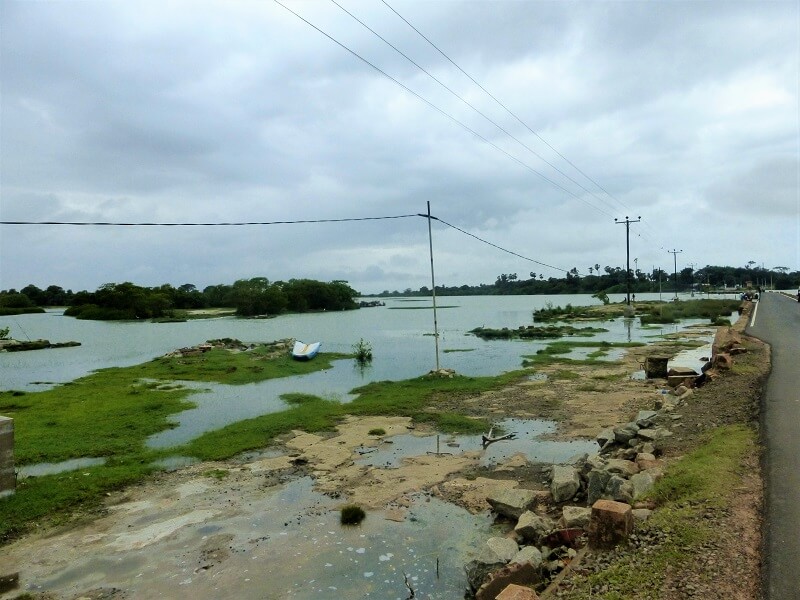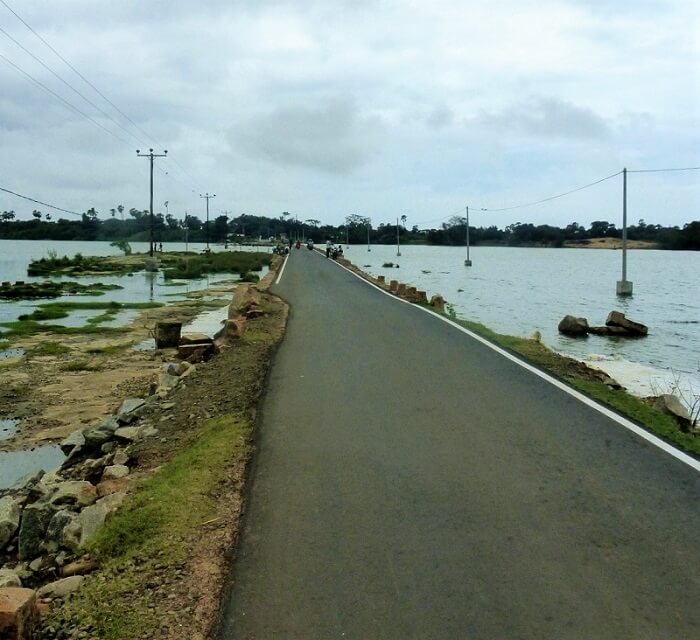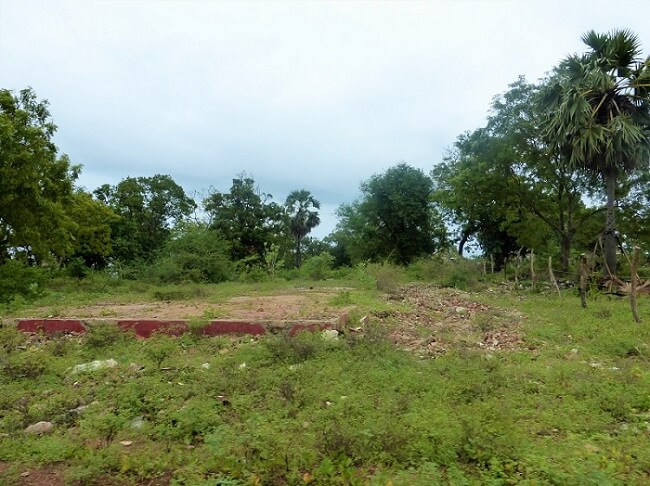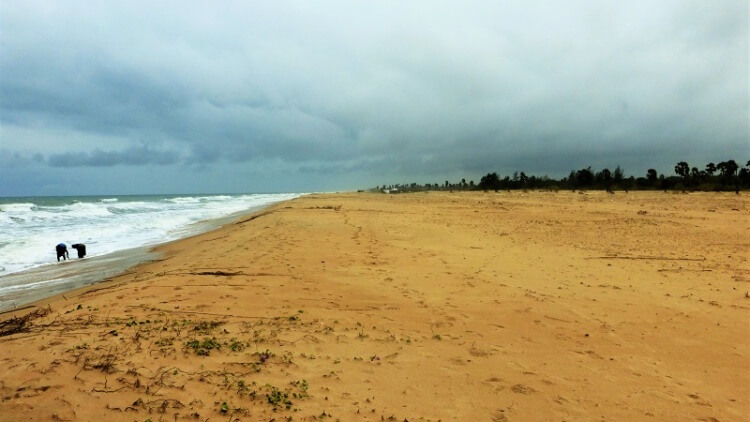Seven years ago today, the 30-year-old civil war in Sri Lanka that claimed more than 100,000 lives was officially declared over. Though the country now enjoys relative peace and security, fundamental socio-economic, human rights, and political questions concerning Tamils and other minority communities remain unanswered. In the emerging alphabet soup of reconciliation, transitional justice, and peacebuilding mechanisms in Sri Lanka and the diaspora, May 2009 runs the risk of being reduced to a caricature. This series of vignettes, then, seeks to uncover some shades of what may have really come to pass on that narrow strip of land in Mullivaikal while the footnotes are meant to provide additional context for the new reader.
These vignettes, and the accompanying photographs taken by the author on a field visit to Mullivaikal in 2014, are dedicated to Kiruba akka (not her real name) who continues to wait for the return of her husband, one of thousands of Tamils still missing since the end of the war.
1.
ra ra ra ra ra ra ra ra ra ra ra ra ra ra ra
ri ri ri ri ri ri ri ri ri ri ri ri ri ri ri
du du du du du du du du du du du du du du du
dagu dagu digu digu dangu dingugu
Was it the melody of the Lord’s anklets they heard
Or the noise of death raining from above when
Their faith too stretched out next to their own corpses
hands cuffed and eyes blindfolded?
seha gana seha gana seha gana segana
moga moga moga moga moga moga mogana
naha naha naha naha naha naha nahena
digu kuna digu digu digu kuna diguna
The opening and concluding stanzas are from the Kanda Sasti Kavacam, a 19th century Tamil poem in praise of Lord Muruga, the patron god of Tamil Hindus, for defeating the demon Soorapadman in battle. The poem is often regarded by devotees as a talisman to protect themselves from danger. However, it is used here ironically to highlight the impotency of such prayers in wars that even gods deserted. The reference to handcuffed and blindfolded corpses is to what appears to be the close range execution of unarmed combatants of the Liberation Tigers of Tamil Eelam (LTTE), a clear violation of the Geneva Conventions, as shown in the Channel 4 documentary, Sri Lanka’s Killing Fields.

2.
What He said –
nature will be our friend, life will teach us philosophy
and history will be our guide
this future we sow and reap
with dreams mixed in blood.
What they said –
humanitarian operation
zero civilian casualty
liberating our people
in the war on terrorism.
What we said –
nothing.
life choking in our throats,
as the vultures began to circle us.
The vignette is inspired by the structure of A.K. Ramanujan’s translation of the Kuruntokai poems, which are amongst the earliest Tamil poems from Cankam literature written nearly 2,000 years ago. While love was the subject of the poems in the original tradition, the same structure is used here, again ironically, to highlight the intense propaganda war that was played out by the LTTE and the Government of Sri Lanka even as the civilian death toll steadily climbed with each passing day in the final weeks of the war.

3.
Tha ki ta tha ka di mi
Madness danced in the moonlight
Tha ki ta tha ka di mi
Casting long shadows around
Tha ki ta tha ka di mi
Sanity covered its eyes
Tha ki ta tha ka di mi
While somewhere, Rajini wept.
The recurring line is part of the tattu-mettu adavu, or combination of hand and feet movement as well as head and eye movements, from the Bharatanatyam classical dance tradition widely learned by Tamils. Here it is used to set the beat of the piece. Rajini refers to Rajini Thiranagama, a Tamil academic, human rights activist, and feminist who was assassinated by the LTTE on September 21, 1989 in Jaffna, Sri Lanka. The “madness” of this vignette highlights the internecine nature of Sri Lankan Tamil nationalism.

4.
Cracked skulls picked clean by vultures on which
Skin beaten and bruised stretches over
Lost promises and futures hardened into strikers
He plays his damaru and dances madly in mullivaikal
dum da dum dada dum da dum dada dum.
This vignette is inspired by Lord Siva of the Hindu triumvirate, considered as the supreme reality in the Saiva Siddhanta philosophy followed by Tamil Hindus. The dance of the Lord in this vignette is not one of bliss but the rudra tandavam – one of violence, destruction, and dissolution.

 Kumaran Nadesan
Kumaran Nadesan









